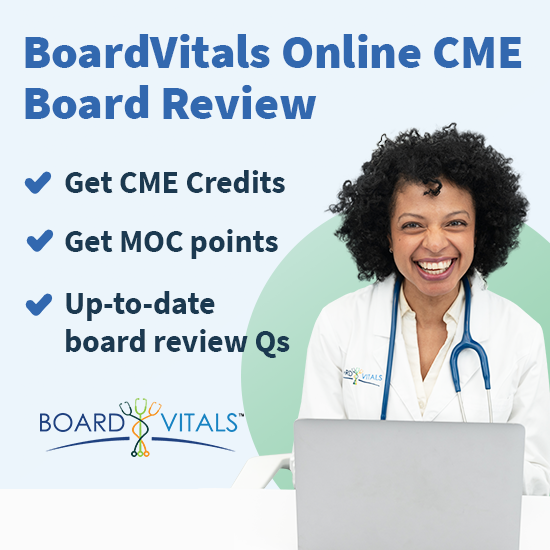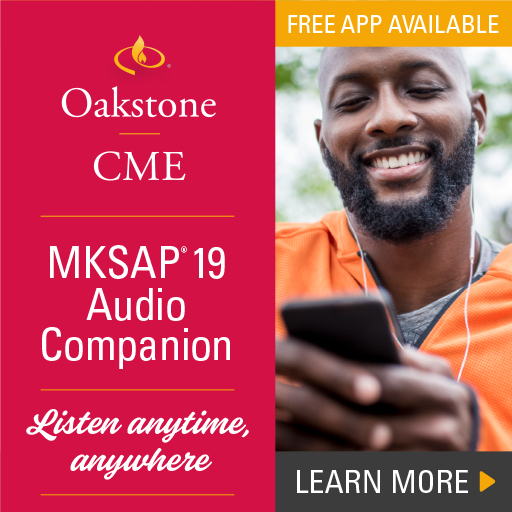
In order to ensure that your CME programs are certified for AMA PRA Category 1 Credits™ there are a few key criteria that must be fulfilled first. If your CME activities do not meet these requirements, then they will not qualify and you, as a sponsoring organization, will not be allowed to issue out any AMA PRA credits.
In the past, CME activities were under stricter rules in order to be AMA certified, but now the learning format requirements have been simplified and reduced in order to provide more flexibility for accredited CME providers. This allows for providers to design and deliver certified activities that use blended or new approaches to drive meaningful learning and change – if the core rules are followed.
As well as meeting the American Medical Association (AMA) requirements, providers must also follow the requirements issued by the ACCME (Accreditation Council for Continuing Medical Education).
Before we jump into what requirements must be met in order to certify your CME activities for AMA PRA Category 1 Credits™, look at the definition of continuing medical education (CME) as defined by AMA and ACCME:
ACCME and AMA’s definition for CME
“Continuing medical education consists of educational activities which serve to maintain, develop, or increase the knowledge, skills, and professional performance and relationships that a physician uses to provide services for patients, the public, or the profession. The content of CME is that body of knowledge and skills generally recognized and accepted by the profession as within the basic medical sciences, the discipline of clinical medicine, and the provision of health care to the public.”
CME goes beyond what one would normally learn incidentally while performing their regular professional activities or practice as a physician. The activity can only be labeled as CME if it’s “continuing” onward from that. Therefore, clinical experience, mission work, mentoring, surveying, and other expected duties as a physician do not count as a CME activity.
Key Points
To certify educational activities for credits, the sponsoring organization must:
- Be accredited by either the Accreditation Council for Continuing Medical Education (ACCME) or a recognized state medical society (SMS).
- Meet all requirements of both the AMA and their accreditor (ACCME or SMS).
AMA Core Requirements
Below are the AMA core requirements to certify a CME activity for AMA PRA Category 1 Credits™:
- The CME activity must conform to the AMA/ACCME definition of CME.
- The CME activity must address an educational need (knowledge, competence or performance) that underlies the professional practice gaps of that activity’s learners.
- The CME activity must present content appropriate in depth and scope for the intended physician learners.
- When appropriate to the activity and the learners, the accredited provider should communicate identified educational purpose and/or objectives for the activity, and provide clear instructions on how to successfully complete the activity.
- The CME activity must utilize one or more learning methodologies appropriate to the activity’s educational purpose and/or objectives.
- The CME activity must provide an assessment of the learner that measures achievement of the educational purpose and/or objective of the activity.
- The CME activity must be planned in accordance with the ACCME Standards for Commercial Support: Standards to Ensure Independence in CME Activities. In addition, activities must comply with specific requirements for the AMA approved learning formats, if any, and the requirements for designating and awarding AMA PRA Category 1 Credit™.
What are the AMA-approved Learning Formats?
There are 8 Learning Formats that the AMA recognizes. If your activity doesn’t fall under any of these categories, then they will not be certified for AMA PRA Category 1 Credits™.
- Live Activities
An activity that occurs at a specific time as scheduled by the accredited CME provider. Participation may be in person or remotely as is the case of teleconferences or live internet webinars.
- Enduring Materials
An activity that endures over a specified time and does not have a specific time or location designated for participation, rather, the participant determines whether and when to complete the activity. (Examples: online interactive educational module, recorded presentation, podcast.)
- Test Item Writing
An activity wherein physicians learn through their contribution to the development of examinations or certain peer-reviewed self-assessment activities by researching, drafting and defending potential test items.
- Manuscript Review
An activity in which a learner participates in the critical review of an assigned journal manuscript during the pre-publication review process of a journal.
- Journal-Based CME
An activity that is planned and presented by an accredited provider and in which the learner reads one or more articles (or adapted formats for special needs) from a peer-reviewed, professional journal.
- Performance Improvement Continuing Medical Education (PI CME)
An activity structured as a three-stage process by which a physician or group of physicians learn about specific performance measures, assess their practice using the selected performance measures, implement interventions to improve performance related to these measures over a useful interval of time, and then reassess their practice using the same performance measures.
- Internet Point-Of-Care (POC) Learning
An activity in which a physician engages in self-directed, online learning on topics relevant to their clinical practice from a database whose content has been vetted by an accredited CME provider.
- Other
Accredited CME providers can introduce new instructional practices, as well as blend new and/or established learning formats appropriate to their learners and setting, as long as the activity meets all core requirements. Certified CME activities that do not fit within one of the established format categories must identify the learning format as “Other activity”, followed by a short description of the activity in parentheses, in both the AMA Credit Designation Statement and on documentation provided to learners (certificates, transcripts, etc.).
ACCME Core Requirements
CME providers seeking Provisional Accreditation need to comply with the following Core Accreditation Criteria:
CME Mission and Program Improvement
Mission
The provider has a CME mission statement that includes expected results articulated in terms of changes in competence, performance, or patient outcomes that will be the result of the program. (formerly Criterion 1)
Program Analysis
The provider gathers data or information and conducts a program-based analysis on the degree to which the CME mission of the provider has been met through the conduct of CME activities/educational interventions. (formerly Criterion 12)
Program Improvements
The provider identifies, plans and implements the needed or desired changes in the overall program (eg, planners, teachers, infrastructure, methods, resources, facilities, interventions) that are required to improve on ability to meet the CME mission. (formerly Criterion 13)
Educational Planning and Evaluation
Educational Needs
The provider incorporates into CME activities the educational needs (knowledge, competence, or performance) that underlie the professional practice gaps of their own learners. (formerly Criterion 2)
Designed to Change
The provider generates activities/educational interventions that are designed to change competence, performance, or patient outcomes as described in its mission statement. (formerly Criterion 3)
Appropriate Formats
The provider chooses educational formats for activities/interventions that are appropriate for the setting, objectives, and desired results of the activity. (formerly Criterion 5)
Competencies
The provider develops activities/educational interventions in the context of desirable physician attributes (competencies). (formerly Criterion 6)
Analyzes Change
The provider analyzes changes in learners (competence, performance, or patient outcomes) achieved as a result of the overall program's activities/educational interventions. (formerly Criterion 11)
CME providers seeking Accreditation (four-year term) need to comply with all of the Core Accreditation Criteria, which can be viewed on the ACCME's website here.
There is also an Accreditation with Commendation that requires compliance of an additional eight criteria from the commendation menu.
Conclusion
As a sponsoring organization, if you can follow the criteria and rules laid out by the ACCME and AMA, then your CME activity will be on its way to become certified to issue AMA PRA Category 1 Credits™.










